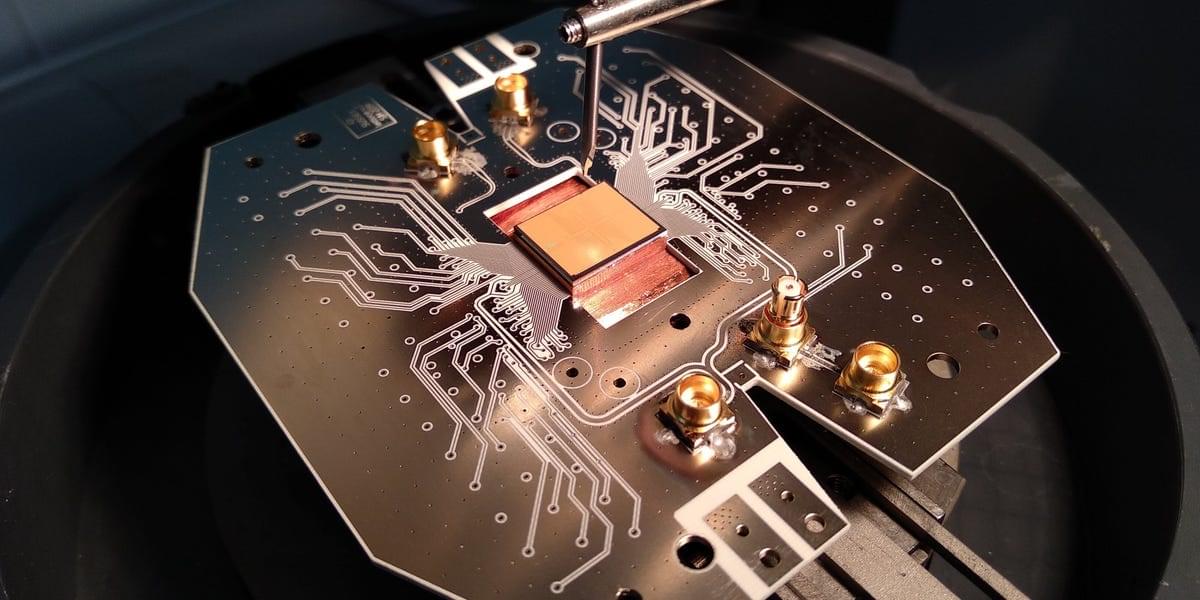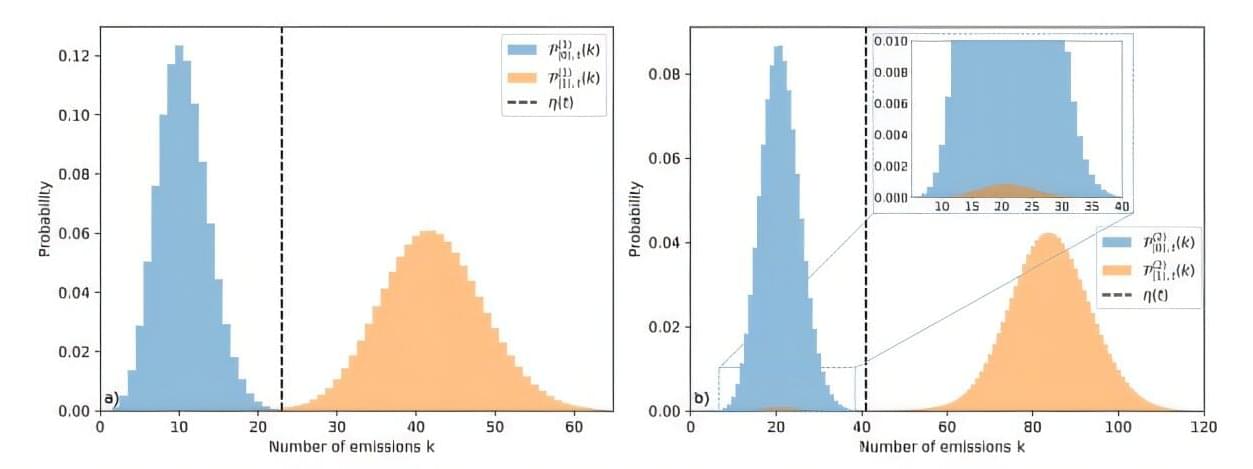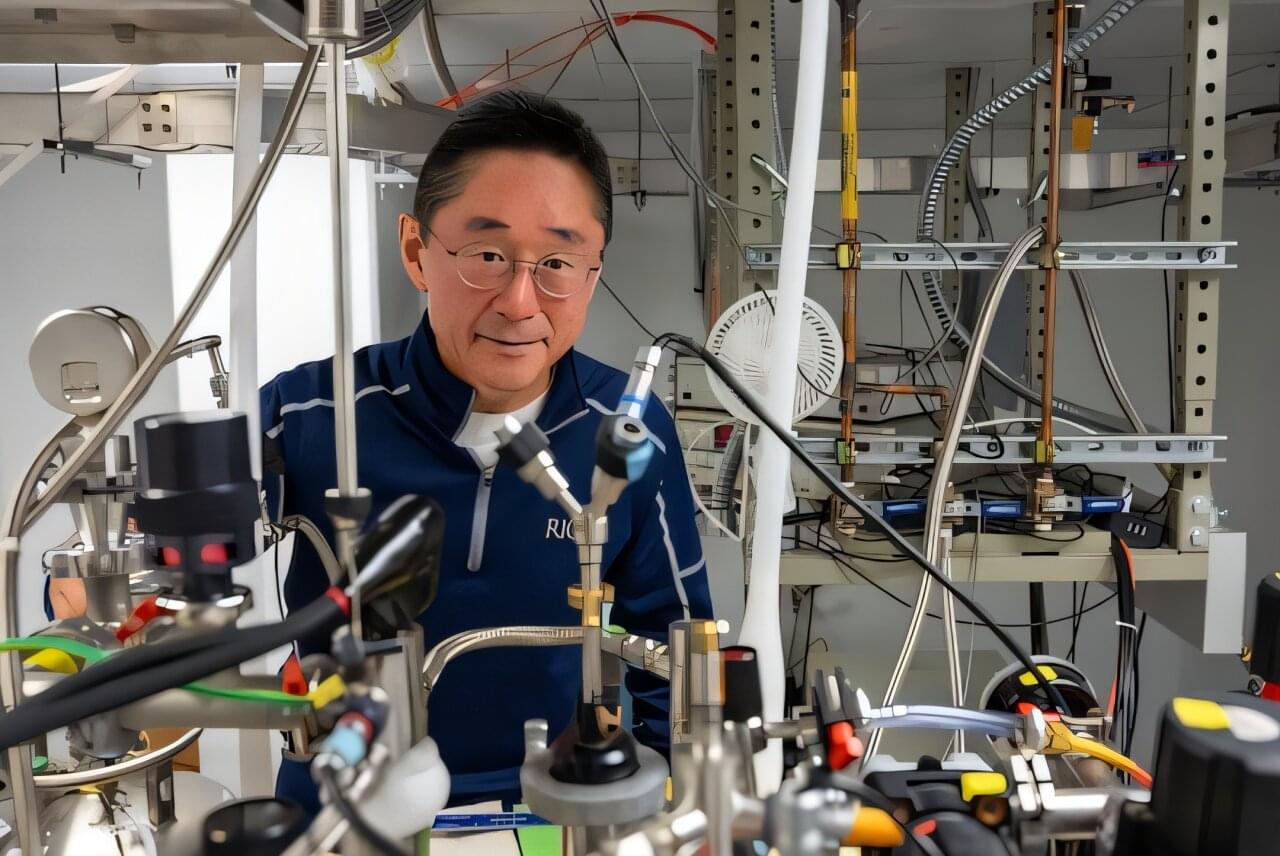For the problem of finding ground-state energy of a local Hamiltonian, new complexity results help to bring more clarity to the boundary of quantum advantage.




Quantum gravity is one of the biggest unresolved and challenging problems in physics, as it seeks to reconcile quantum mechanics, which governs the microscopic world, and general relativity, which describes the macroscopic world of gravity and space-time.
Efforts to understand quantum gravity have been focused almost entirely at the theoretical level, but Monika Schleier-Smith at Stanford University has been exploring a novel experimental approach — trying to create quantum gravity from scratch. Using laser-cooled clouds of atoms, she is testing the idea that gravity might be an emergent phenomenon arising from quantum entanglement.
In this episode of The Joy of Why podcast, Schleier-Smith discusses the thinking behind what she admits is a high-risk, high-reward approach, and how her experiments could provide important insights about entanglement and quantum mechanical systems even if the end goal of simulating quantum gravity is never achieved.

Colloidal quantum dots (CQDs) are tiny semiconductor particles that are just a few nanometers in size, which are synthesized in a liquid solution (i.e., colloid). These single-crystal particles, created by breaking down bulk materials via chemical and physical processes, have proved to be promising for the development of photovoltaic (PV) technologies.
Quantum dot-based PVs could have various advantages, including a tunable bandgap, greater flexibility and solution processing. However, quantum dot-based solar cells developed so far have been found to have significant limitations, including lower efficiencies than conventional silicon-based cells and high manufacturing costs, due to the expensive processes required to synthesize conductive CQD films.
Researchers at Soochow University in China, the University of Electro-Communications in Japan and other institutes worldwide recently introduced a new method that could potentially help to improve the efficiencies of quantum-dot based photovoltaics, while also lowering their manufacturing costs. Their proposed approach, outlined in a paper published in Nature Energy, entails the engineering of lead sulfide (PbS) CQD inks used to print films for solar cells.


In a physics first, a team including scientists from the National Institute of Standards and Technology (NIST) has created a way to make beams of neutrons travel in curves. These Airy beams (named for English scientist George Airy), which the team created using a custom-built device, could enhance neutrons’ ability to reveal useful information about materials ranging from pharmaceuticals to perfumes to pesticides — in part because the beams can bend around obstacles.
“We’ve known about these strange, self-steering wave patterns for a while, but until now, no one had ever made them with neutrons,” said NIST’s Michael Huber, one of the paper’s authors. “This opens up a whole new way to control neutron beams, which could help us see inside materials or explore some big questions in physics.”
A paper announcing the findings appears today in Physical Review Letters. The team was led by the University at Buffalo’s Dusan Sarenac, and coauthors from the Institute for Quantum Computing (IQC) at the University of Waterloo in Canada built the custom device that helped create the Airy beam. The team also includes scientists from the University of Maryland, Oak Ridge National Laboratory, Switzerland’s Paul Scherrer Institut, and Germany’s Jülich Center for Neutron Science at Heinz Maier-Leibnitz Zentrum.

Researchers have long studied quantum entanglement to understand how photons appear to influence each other instantaneously.
This peculiar link first emerged when Albert Einstein pointed to what he called “spooky action at a distance,” suggesting that this peculiar behavior contradicted intuitive views of cause and effect.
The conversation around these phenomena has evolved through the decades.

Researchers have developed a new way to speed up quantum measurements, a vital building block for the next generation of quantum technologies.
Accurate and fast quantum measurements will be crucial for quantum technologies, but quantum systems are fragile and susceptible to disturbance which can cause errors. Previous work in this area presented a fundamental challenge—scientists were only able to increase the accuracy of measurements in quantum systems by sacrificing speed.
A team of quantum experts, led by the University of Bristol, have struck upon a novel way to overcome this problem, published in a Physical Review Letters journal paper.


A team of Rice University researchers has developed a new way to control light interactions using a specially engineered structure called a 3D photonic-crystal cavity. Their work, published in the journal Nature Communications, lays the foundation for technologies that could enable transformative advancements in quantum computing, quantum communication and other quantum-based technologies.
“Imagine standing in a room surrounded by mirrors,” said Fuyang Tay, an alumnus of Rice’s Applied Physics Graduate Program and first author of the study. “If you shine a flashlight inside, the light will bounce back and forth, reflecting endlessly. This is similar to how an optical cavity works—a tailored structure that traps light between reflective surfaces, allowing it to bounce around in specific patterns.”
These patterns with discrete frequencies are called cavity modes, and they can be used to enhance light-matter interactions, making them potentially useful in quantum information processing, developing high-precision lasers and sensors and building better photonic circuits and fiber-optic networks. Optical cavities can be difficult to build, so the most widely used ones have simpler, unidimensional structures.